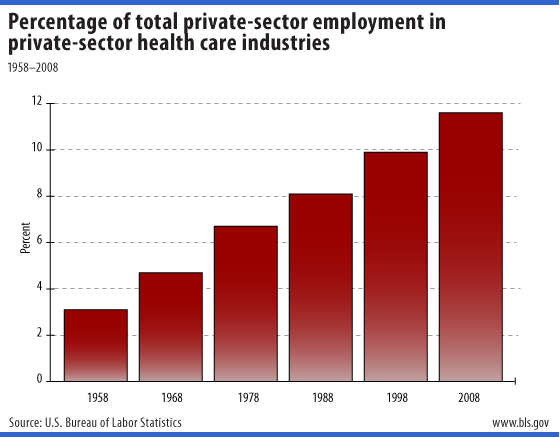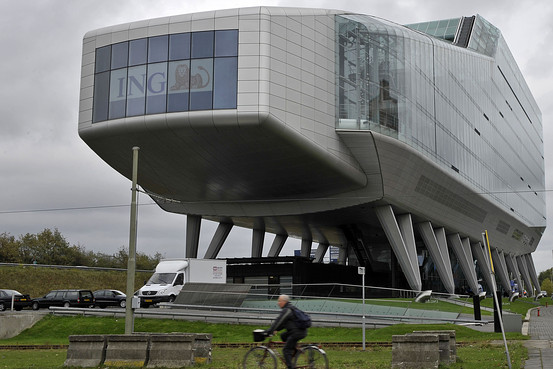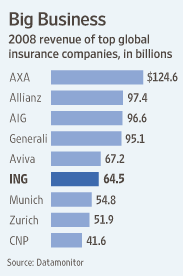European companies generally pay higher dividends than American companies. Most companies have maintained that tradition during the past two years when the global financial crisis ravaged world markets. Many European banks have reduced or suspended due to government bailouts and the subsequent ownership stakes they acquired. Because of their high dividend yields, European dividend stocks are worth considering when looking for developed market equities that offer stable growth with solid dividends.
The Dow Jones EURO STOXX® Select Dividend 30 Index offers exposure to the highest dividend-paying European stocks relative to their home markets. “Set up in advance of the launch of the Euro currency, the index covers stocks from Eurozone countries and stocks are screened by defined historical non-negative dividend-per-share growth rates and dividend to earnings-per-shares ratios. The benchmark is a yield weighted index.” The iShares DJ Euro STOXX Select Dividend ETF (IDVY) which trades on the London Stock Exchange tracks the above index. The fund has a 4.31% (Euros) dividend yield.
The Top 10 components from the iShares DJ Euro STOXX Select Dividend ETF are listed below with their current dividend yields if they trade in the US markets:
1.Company: Banco Santander(STD)
Country: Spain
Current Dividend Yield: 4.18%
2.Company: Erste Bank Group(OTC: EBKDY)
Country: Austria
Current Dividend Yield: 2.02%
3.Company: Banco Popular (OTC: BPESF)
Country: Spain
Current Dividend Yield: No regular dividends paid
4.Company: Vallourec
Country:France
5.Company: Metso OYJ(OTC: MXYCY)
Country: Finland
Current Dividend Yield: 3.03%
6.Company: Enel Spa (OTC: ENLAY)
Country: Italy
Current Dividend Yield: 4.87%
7.Company: Wereldhave NV
Country: The Netherlands
8.Company: Bilfinger Berger AG (OTC: BFLBY)
Country: Germany
Current Dividend Yield: No regular dividends paid
9.Company: RWE AG (OTC: RWEOY)
Country: Germany
Current Dividend Yield: 6.65%
10.Company: Thyssenkrupp AG (OTC: TYEKF)
Country: Germany
Current Dividend Yield:No regular dividends paid
RWE of Germany and Enel Spa of Italy are stable long-term utility stocks. Erste Bank of Austria which had high exposure to the emerging European markets received one of the best financial aid packages from the Austrian government.


